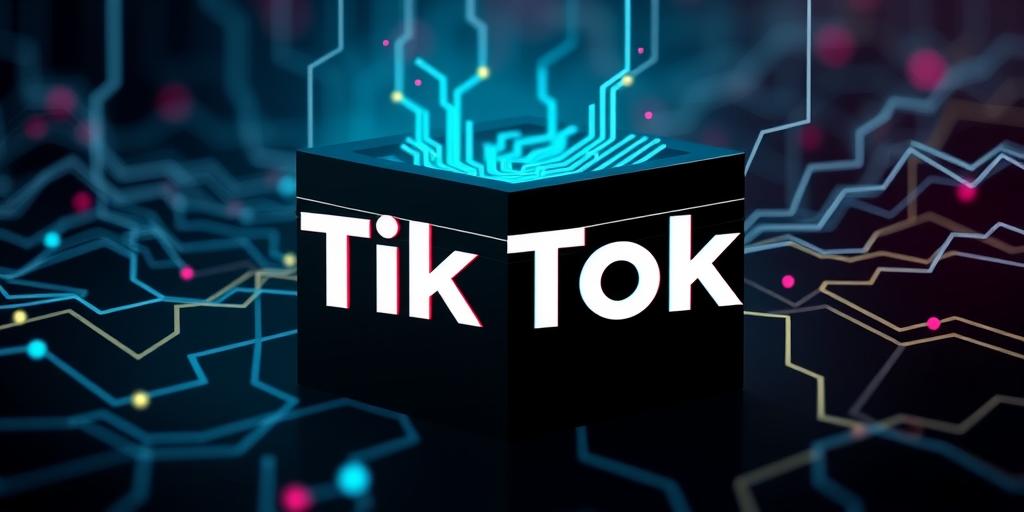TikTok's algorithm, often described as a 'black box,' is a complex system that determines which videos are shown to each user. Understanding how it works and the extent of its data harvesting is crucial for users, content creators, and policymakers alike.
The Algorithm's Inner Workings
TikTok's algorithm primarily focuses on delivering content that aligns with a user's interests. It analyzes several factors, including:
- User Interactions: Videos you like, share, comment on, and rewatch signal your preferences.
- Account Information: The accounts you follow and the content you create provide insights into your interests.
- Video Information: Hashtags, captions, and sounds associated with videos help the algorithm categorize content.
- Device Settings: Language preferences, country settings, and device type contribute to personalized recommendations.
While the exact weight of each factor remains undisclosed, it's clear that TikTok prioritizes keeping users engaged by serving them content they are likely to enjoy. This can create echo chambers, where users are primarily exposed to similar viewpoints and content.
Data Harvesting Practices
TikTok collects a significant amount of user data, including:
- Personal Information: Name, age, phone number, email address, and other demographic data provided during account creation.
- Usage Data: Videos watched, time spent on the app, interactions with other users, and search history.
- Device Data: Device type, operating system, IP address, and location information.
- Inferred Data: Interests, preferences, and behaviors inferred from user activity.
This data is used to personalize the user experience, target advertising, and improve the algorithm. However, concerns have been raised about the potential for data misuse, privacy violations, and the sharing of data with third parties.
Implications and Concerns
The opaqueness of TikTok's algorithm and its extensive data harvesting practices raise several concerns:
- Privacy Risks: User data can be vulnerable to breaches, unauthorized access, and misuse.
- Algorithmic Bias: The algorithm may perpetuate biases and stereotypes, leading to unfair or discriminatory outcomes.
- Manipulation: The algorithm can be manipulated to spread misinformation, propaganda, and harmful content.
- Addiction: The personalized content feed can be highly addictive, leading to excessive screen time and negative impacts on mental health.
Moving Forward
Addressing these concerns requires greater transparency, accountability, and user control. Some potential solutions include:
- Algorithm Transparency: TikTok should provide more information about how its algorithm works and the factors it considers.
- Data Minimization: TikTok should limit the amount of data it collects and retain it only for as long as necessary.
- User Control: Users should have more control over their data and the content they see.
- Independent Audits: Third-party organizations should conduct regular audits of TikTok's algorithm and data practices.
Understanding TikTok's black box is essential for navigating the platform responsibly and advocating for greater transparency and user protection.









